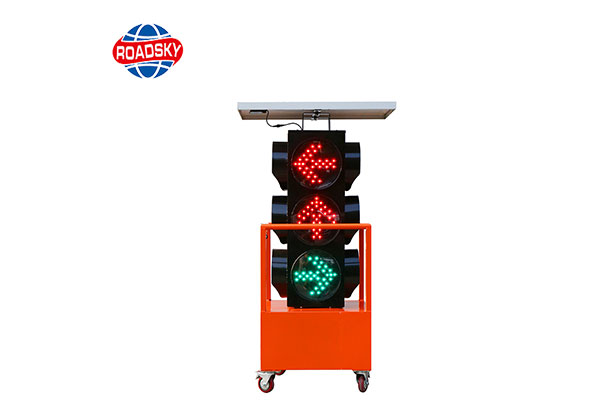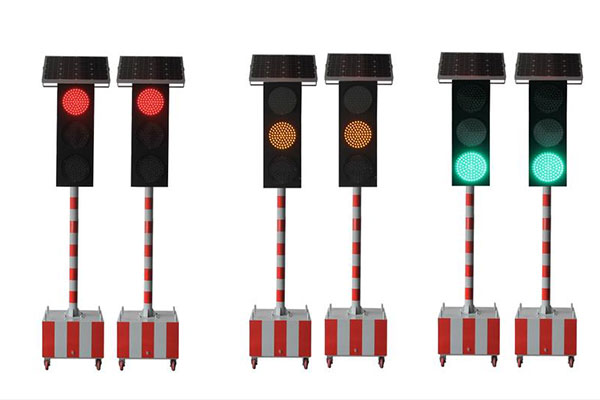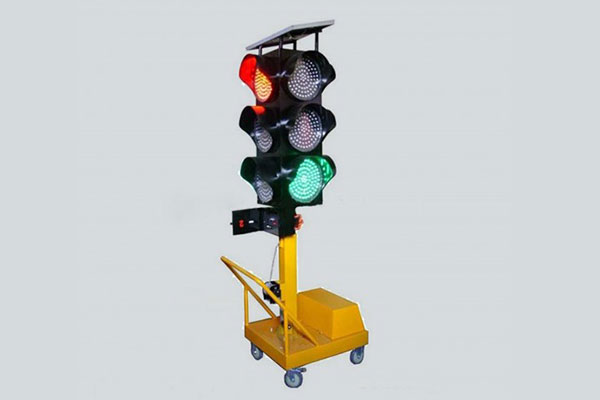How Do Portable Traffic Lights Work? A Comprehensive Guide
Portable traffic lights are an essential tool in modern traffic management, especially in construction zones, special events, and emergency situations. They play a crucial role in maintaining traffic flow and ensuring safety. In this comprehensive guide, we will explore the workings of portable traffic lights, their components, benefits, and applications.

What Are Portable Traffic Lights?
Portable traffic lights are temporary, movable traffic control devices designed to manage vehicular and pedestrian traffic in areas where permanent traffic signals are unavailable or impractical. These lights are typically used in construction zones, during road maintenance, at special events, or in emergency situations where immediate traffic control is needed.
Components of Portable Traffic Lights
Portable traffic lights consist of several key components:
- Signal Heads: The signal heads contain the red, yellow, and green lights, similar to permanent traffic lights. They are usually mounted on a sturdy, adjustable stand.
- Controller Unit: The controller unit is the brain of the system. It manages the timing and sequencing of the lights, ensuring proper traffic flow.
- Power Source: Portable traffic lights can be powered by batteries, solar panels, or generators, making them versatile and adaptable to various locations and conditions.
- Sensors: Some advanced portable traffic lights are equipped with sensors that detect vehicle presence and adjust the light timing accordingly. These sensors can be infrared, microwave, or inductive loop detectors.
- Communication System: In setups where multiple portable traffic lights are used, a communication system (usually wireless) ensures synchronization between the units to manage traffic effectively.

How Do Portable Traffic Lights Work?
Portable traffic lights operate based on a predefined or adaptive schedule managed by the controller unit. Here’s a step-by-step overview of their operation:
- Setup and Initialization: The traffic lights are set up at the desired location. The signal heads are positioned to ensure visibility to approaching traffic. The controller unit is programmed with the necessary timing sequences, considering factors like traffic volume and road conditions.
- Power Supply: The power source, whether battery, solar, or generator, is connected to the controller unit to power the lights.
- Light Sequencing: The controller unit manages the sequencing of the lights. It alternates between red, yellow, and green lights based on the programmed schedule. In systems with sensors, the light timing can be adjusted in real-time based on traffic flow.
- Synchronization: If multiple units are used, they communicate wirelessly to synchronize their operation. This ensures a coordinated traffic flow, preventing congestion and improving safety.
- Monitoring and Adjustment: Modern portable traffic lights come with remote monitoring capabilities. Traffic managers can monitor the operation and make adjustments if necessary, ensuring optimal performance.
Benefits of Portable Traffic Lights
Portable traffic lights offer several advantages:
- Flexibility: They can be easily moved and set up at different locations, making them ideal for temporary traffic control needs.
- Cost-Effective: Compared to installing permanent traffic lights, portable units are more affordable and can be reused multiple times.
- Quick Deployment: They can be quickly deployed in emergency situations, ensuring immediate traffic management.
- Adaptability: With sensor-equipped units, they can adapt to real-time traffic conditions, improving efficiency.

Applications of Portable Traffic Lights
Portable traffic lights are used in various scenarios:
- Construction Zones: They manage traffic in and around construction sites, ensuring the safety of workers and drivers.
- Special Events: During large gatherings or events, portable traffic lights help manage increased traffic flow.
- Emergency Situations: In case of accidents or natural disasters, they provide immediate traffic control.
- Road Maintenance: During road repairs, portable traffic lights ensure smooth traffic flow.
Conclusion
Portable traffic lights are an invaluable tool in modern traffic management, providing flexibility, cost-effectiveness, and adaptability. By understanding how they work and their benefits, we can appreciate their role in ensuring road safety and efficient traffic flow in various temporary situations. Whether in construction zones, special events, or emergencies, portable traffic lights are a reliable solution for effective traffic control.

